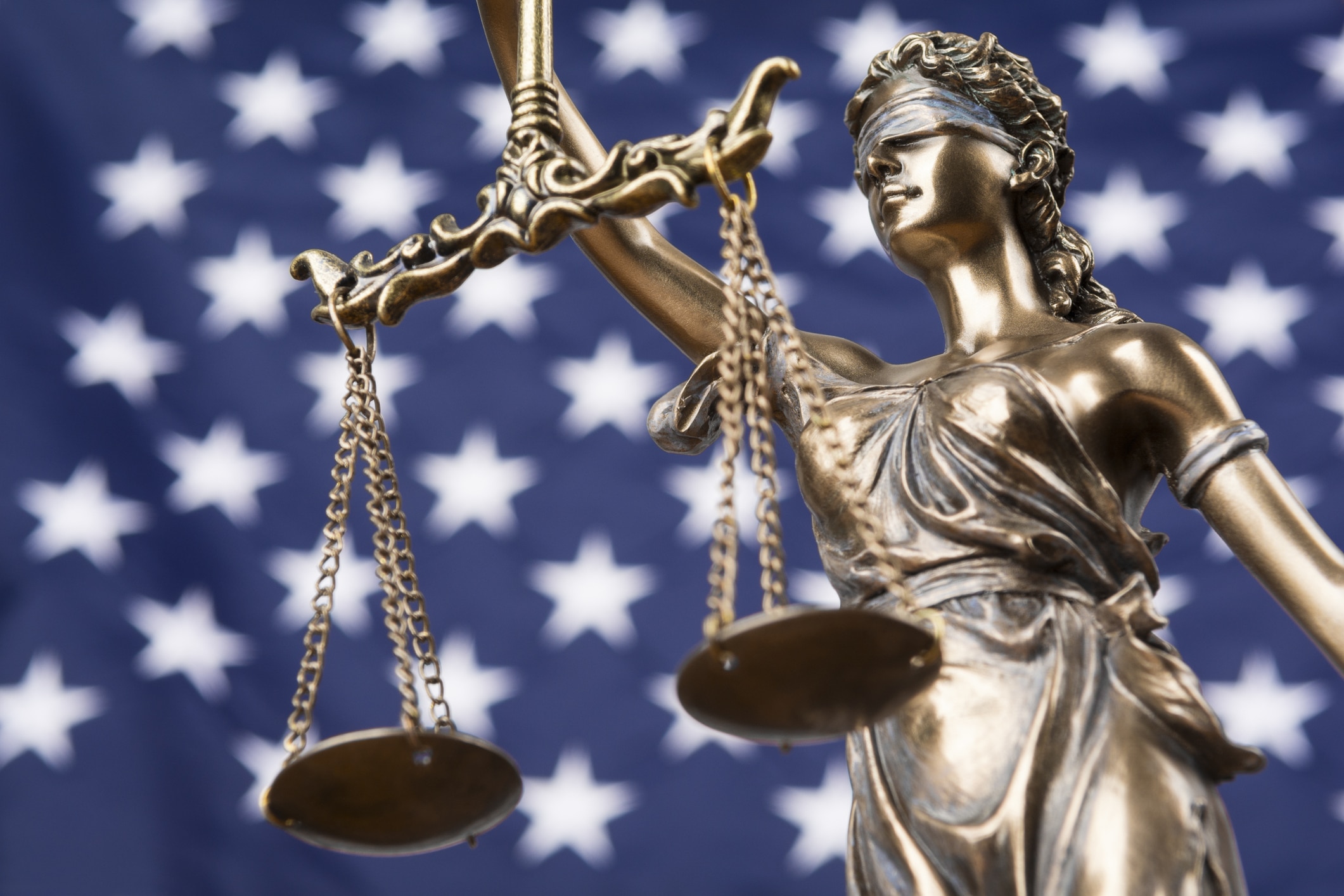This past summer’s ruling by SCOTUS against affirmative action has many people asking questions about what affirmative action is, how it differs from DEI (diversity, equity, and inclusion) and EEO (equal employment opportunity), and whether their DEI efforts are in jeopardy. While these concepts share a common goal of promoting fairness and reducing discrimination, their approaches and underlying principles differ. Let’s dive into the distinctions between DEI, affirmative action, and equal opportunity to better understand each concept and how they may impact your work.
Affirmative Action: Remedying Historical Injustices
Affirmative action emerged in response to deep-seated systemic discrimination against underrepresented groups, such as racial minorities and women. Its primary objective is to rectify past and present injustices by providing preferential treatment to historically disadvantaged individuals, often through quotas or preferences in hiring, college admissions, and contracting. It’s also worth noting that while SCOTUS ended affirmative action federally, the progressive state of California banned this practice at their public universities in 1996 through Proposition 209 (while still boosting diversity).
Key Characteristics of Affirmative Action:
- Preferential Treatment: Affirmative action involves giving preferential treatment to underrepresented groups to ensure they have access to opportunities that may have been denied to them in the past.
- Remedial Action: A remedial measure intended to address historical disparities and promote greater representation of marginalized groups in specific areas.
- Legal Mandate: Affirmative action is typically mandated by government policies and regulations and is subject to legal challenges and debate.
Equal Employment Opportunity: The Foundation of Fairness
Equal Employment Opportunity (EEO) is a fundamental principle that forms the basis of a just society, and here in the United States, the primary legislation for protecting EEO is Title VII of the 1964 Civil Rights Act. It asserts that everyone should have an equal chance to succeed and shouldn’t face discrimination based on factors such as race, age, gender, religion, or disability. Equal opportunity is the bedrock upon which both DEI and affirmative action build.
Key Characteristics of Equal Opportunity:
- Non-Discrimination: Equal opportunity mandates that individuals shouldn’t be treated unfairly or denied opportunities solely because of their demographic characteristics.
- Level Playing Field: It emphasizes creating a level playing field where individuals can compete on merit and qualifications rather than facing systemic barriers.
- Legally Protected: Equal opportunity is enshrined in laws and regulations, and violations can lead to legal consequences.
DEI: A Comprehensive and Inclusive Approach
Diversity, equity, and inclusion (DEI) represents a broader, more comprehensive approach to fostering fairness and inclusivity. DEI initiatives aim to create an environment where all individuals, regardless of their background, feel valued, respected, and have equal access to opportunities. Unlike affirmative action, DEI isn’t limited to remedial measures but encompasses a holistic approach to inclusivity.
Key Characteristics of DEI:
- Inclusive Environment: DEI initiatives focus on creating an inclusive environment where everyone has equal access to opportunities and feels a sense of belonging.
- Long-Term Commitment: DEI is a long-term commitment to promoting diversity and equity in all aspects of life, including workplaces, education, and communities.
- Voluntary Efforts: Organizations and institutions often pursue DEI voluntarily, reflecting a proactive commitment to embracing diversity.
- Holistic Strategies: DEI employs a wide range of strategies, including education, training, policy changes, mentorship programs, and cultural shifts, to promote inclusivity and equity.
While DEI, affirmative action, and EEO share the overarching goal of promoting fairness and reducing discrimination, their scope, approach, and underlying principles differ. EEO serves as the foundational principle of fairness, emphasizing non-discrimination and a level playing field. Affirmative action, on the other hand, focuses on remedying historical injustices through preferential treatment mandated by law. DEI represents a comprehensive and ongoing commitment to creating an inclusive society where all individuals have equal access to opportunities voluntarily pursued through a variety of strategies.
Understanding these differences is essential when considering how the SCOTUS ruling may affect your DEI efforts and upholding EEO standards. As long as your DEI work focuses on measures for greater inclusion, belonging, and fairness, it would seem that it differs significantly from the SCOTUS ruling and continues to be crucial for advancing a more fair, just, inclusive, and equitable workplace and world.
